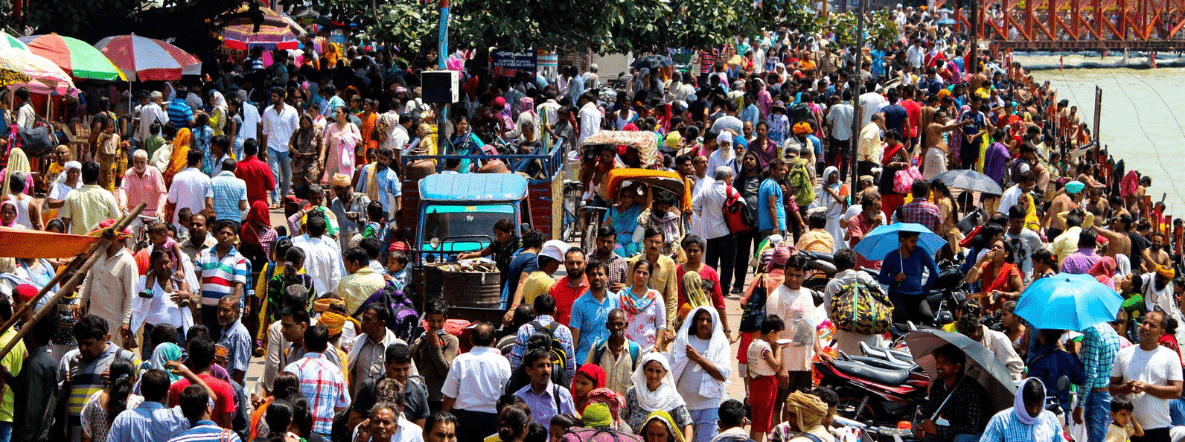Measuring urban employment/unemployment across city tiers
27 Mar 2023
Opinion: Ajaya K Sahu and Bornali Bhandari.
As India increasingly urbanises, it has become important to measure its economic parameters, not only at the aggregate level but also at the disaggregated level.
The literature review suggests that there are differences across city tiers. However, we find that the current statistics simply do not capture the nuances of the urban economic parameters. This also speaks to larger data quality issues in India.
We were trying to measure the characteristics of urban labour markets across city tiers using the annual Periodic Labour Force Survey (PLFS) data published by the Ministry of Statistics and Programme Implementation (MoSPI). We tried three alternative routes to measure the parameters.
- We first attempted to derive tier-wise information. The Ministry of Finance (MoF) classifies cities by population for house rent allowance purposes – Tier 1 cities are those cities with populations of more than 50 lakhs and Tier 2 cities with populations between 5 lakhs and 50 lakhs. To derive that information, we took district-level urban data associated with the cities grouped under tier 1 and 2 cities separately and classified the remaining under the tier 3 city group. Of course, that was not statistically correct, given that the data was not representative at the district level. Unlike the quinquennial Employment-Unemployment Survey (EUS) where data was representative at the district level, the PLFS is represented at the National Sample Survey (NSS) region level (group of districts, and sometimes even one district is put under more than one region).
- The MoSPI in its PLFS annual report tabulates the million-plus cities with details like type of workers, employment status, estimated population, etc. However, the figures do not meet the smell test. For example, for the year 2020-21, the estimated population of Delhi was 17.4 lakh against the Lucknow population of 25 lakh, Jaipur 34.1 lakh and Patna 18.6 lakh. This also makes it difficult to infer about cities tier-wise. Further, since the PLFS sampling frame for urban areas is urban blocks, one big city is not put under one entity and so even cities like Delhi are not grouped under Tier 1 cities. Similar is the case of Hyderabad. It is not possible to use PLFS data to analyse tier-wise city data on the unemployment rate, skilling level, etc.
- The third attempt involved making estimates at the stratum level for urban areas (stratum codes were assigned to cities with different population range like stratum 1 assigned to a city with a population of less than 5o thousand, stratum 2 to a population between 50 thousand and 3 lakh, stratum 3 to the population between 3 lakh and 15 lakh and stratum 4 onwards to cities with population 15 lakh and above). There were two issues with this analysis.
- The city grouping did not match the MoF classification. Unlike the MoF classification, the Census and the Ministry of Statistics and Programme Implementation (MoSPI) have their own definitions.
- Second, as mentioned earlier, cities were not grouped as single entities. For this reason, city grouping under tiers was erroneous.
Recommendations to improve data quality
At the outset, we should follow a uniform definition for cities and tiers of cities across various agencies of the Government. Otherwise, the findings of these agencies cannot be used together for policy analysis.
Second, the MoSPI can also modify its sampling strategy to make the data representative at the district level, given that district is the unit of administration and policies are framed at district levels.
Third, given that cities more or less behave as single entities, there should be reporting of information for the entire city, at least for Tier 1 and Tier 2 cities. Given that the NSO is collecting data at the sub-city level, it should not be too difficult to report the data at the aggregated city level.
Last, but not the least, since the satellite towns around the tier 1 cities are grossly similar to the main city in terms of lifestyle, work culture and economic conditions, data at the urban agglomerates level may be captured and reported.
Ajaya K Sahu is an Associate Fellow and Bornali Bhandari is a Professor at NCAER. Views are personal.
Published in: QRIUS, 27 Mar 2023






